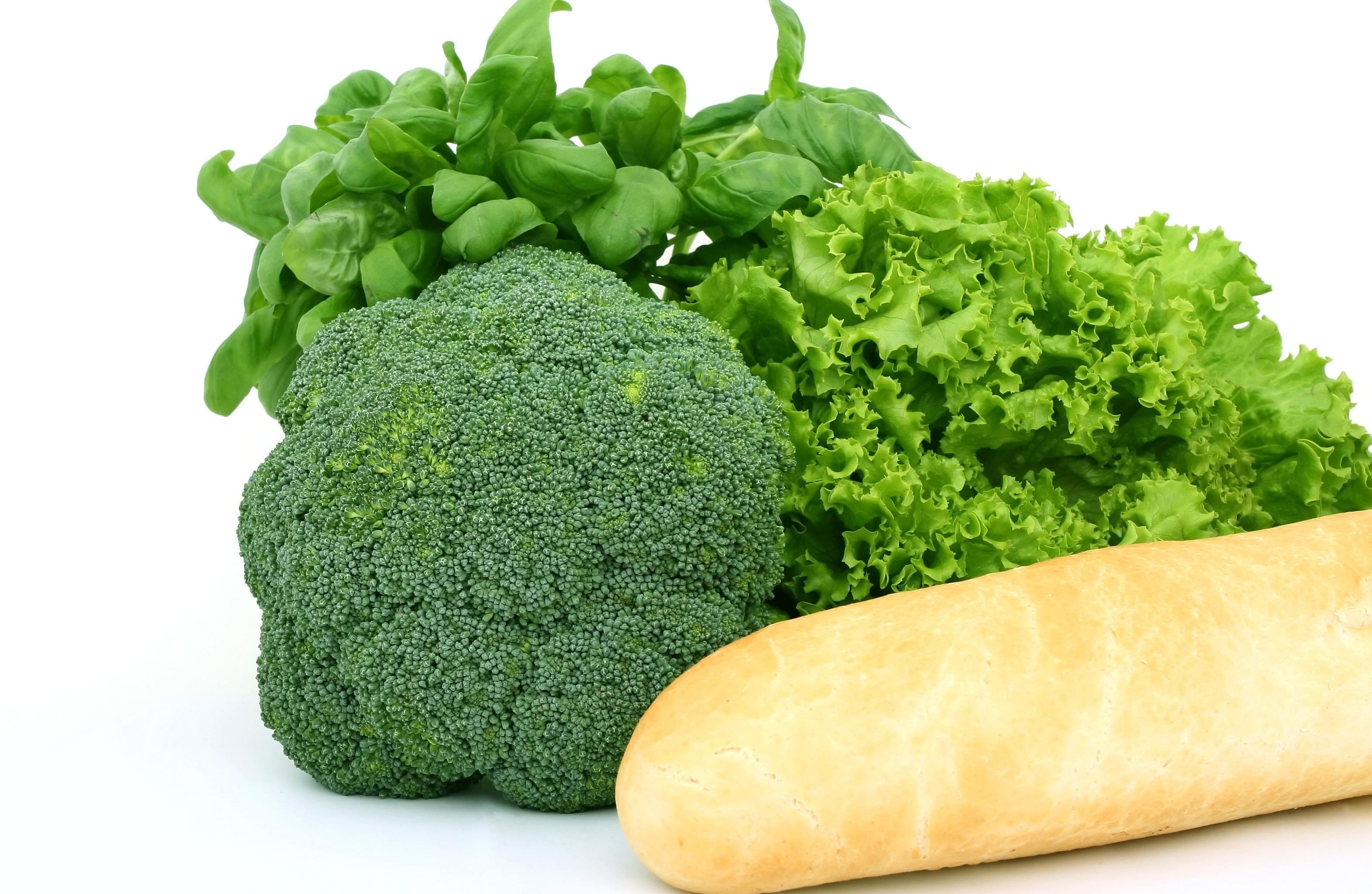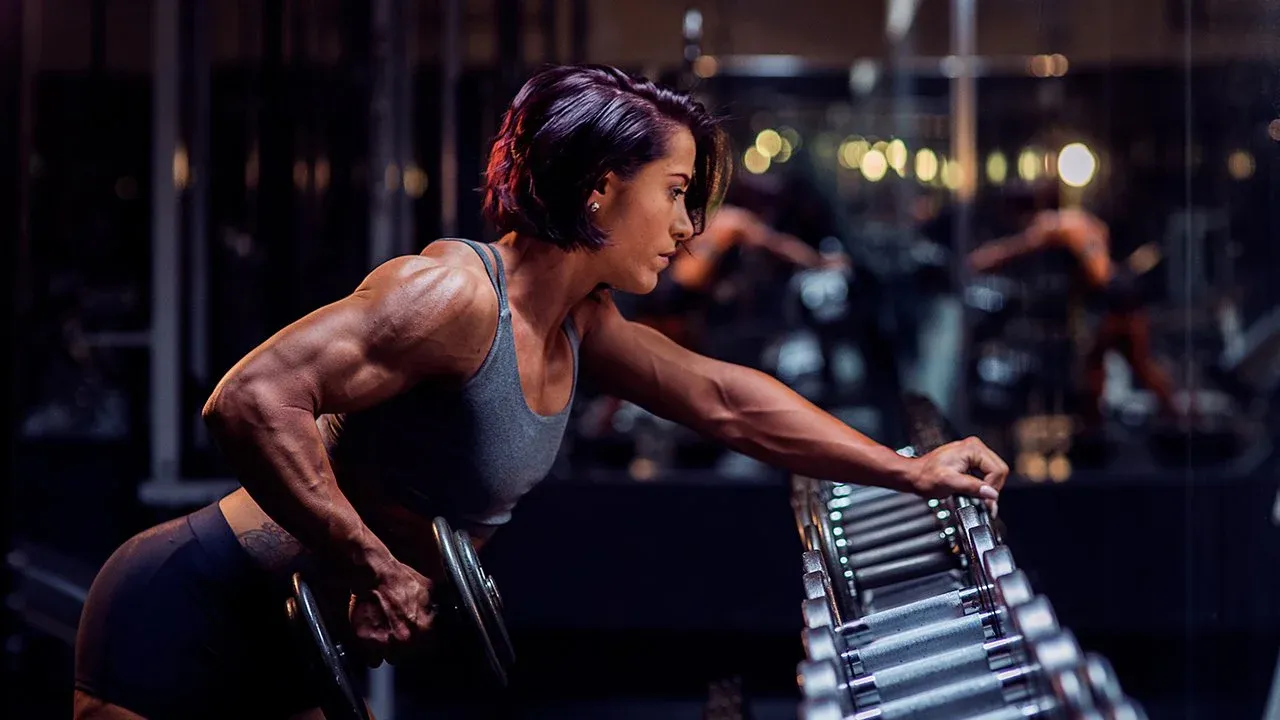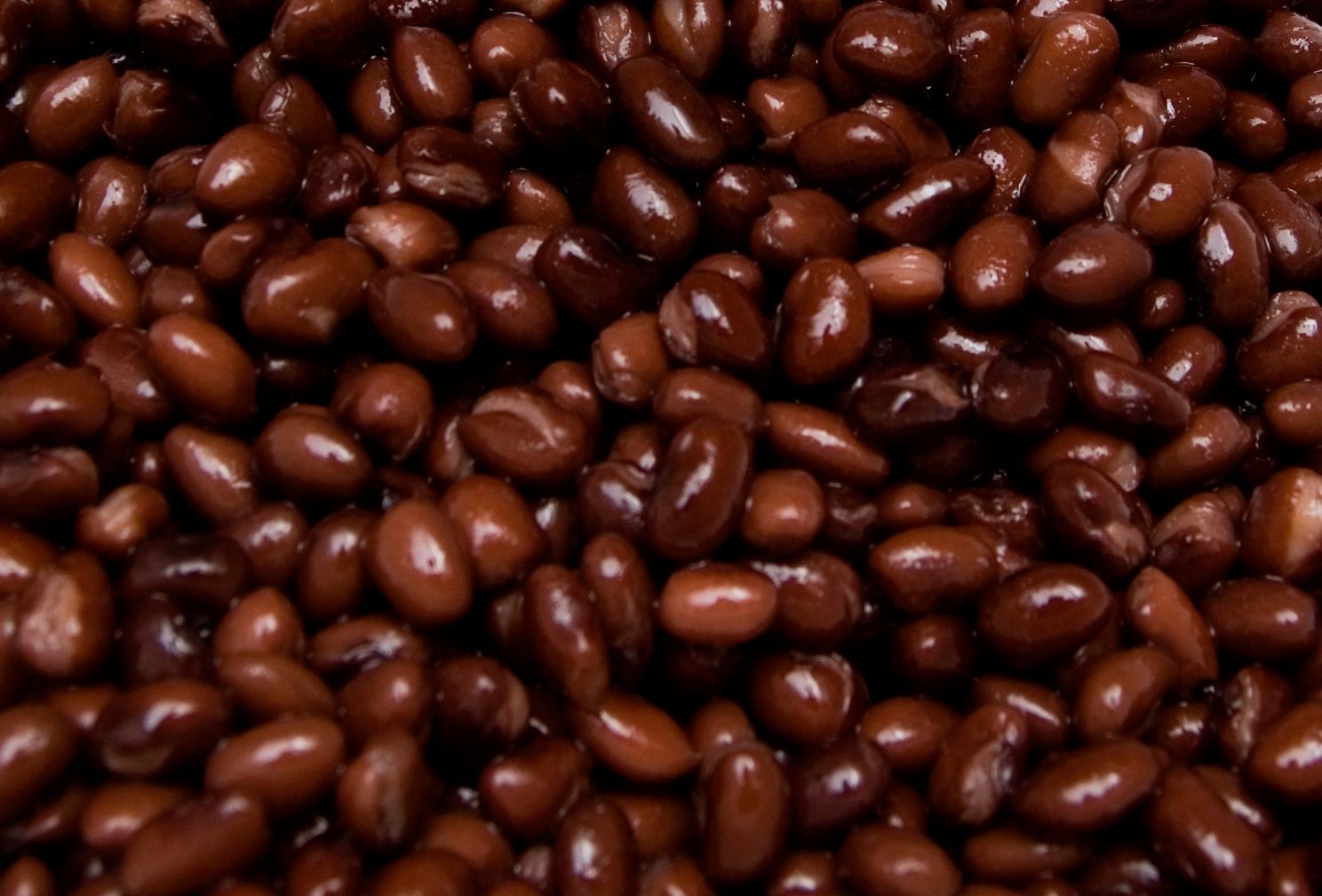
Planking: The Ultimate Whole-Body Workout
- Oct 23, 2024
Planking has secured its place as a non-negotiable in every Pilates, yoga, or circuit training program for a reason. It's the unsung hero of bodyweight exercises, hitting your arms, shoulders, back, and more, without needing a fancy gym membership or Instagram-worthy workout clothes. As Stephen Marcotte, a certified strength and conditioning specialist, puts it, "Planking isn't just about the abs; it's the Swiss Army knife of exercise that engages multiple muscle groups."
Planks are all about boosting core endurance, primarily targeting your pelvic floor, obliques, transverse abdominals, rectus abdominals, and erector spinae (trust me, you have them even if you can't pronounce them). But even when you're lying there like a board, wondering why you signed up for this torture, your whole body is caught up in a sweaty symphony of effort.
The abs-tastic benefits of planking are undeniable. Observe the chiseled six-pack of a committed planker, and you'll see the influence of the rectus abdominis and transverse abdominis muscles, which make up the muscle wall of your abdomen. But don't just admire them for their aesthetic appeal – they play a starring role in stabilizing your body, guarding your internal organs, and even helping you move better. Cameron Yuen, a doctor of physical therapy, recommends starting with a manageable 20-second plank, then gradually pushing your endurance to the limit.
Think planking is all about the front of your body? Think again. This wonder exercise will have your obliques crying for mercy as well. Your internal and external obliques, located above your pelvic floor and running along the sides of your core, get their moment in the spotlight too. These powerhouse muscles help you twist, turn, and stabilize your trunk – no small feat when you're trying to hold your body rigid without succumbing to the allure of the floor.
While the struggle is real, so are the rewards. The humble plank engages your back muscles to maintain proper spinal alignment and prevent your lower back from meeting an agonizing end. They create a sturdy bridge between your shoulders and glutes, contributing to overall body stability and movement. Plus, focusing on your core helps keep lower back pain at bay – a win-win situation if there ever was one.
And let's not forget the weapons in this fitness arsenal – your arm and shoulder muscles. Nuwer mentions the trapezius, rhomboids, latissimus dorsi, pectoralis, serratus anterior, and deltoids as the coalition of forces holding your body aloft against the force of gravity. Say hello to stronger arms and improved shoulder stability.
Feeling adventurous? Ajazz up your standard plank into its exciting cousins: the side plank, up-down plank, forearm plank, rotational plank, or even a single-leg plank. You'll be recruiting different muscles, keeping boredom at bay, and leveling up your fitness game in no time.
Looking to become a planking aficionado? Kick-off with a beginner-friendly knee plank. Gradually raise your stakes aiming for a 1-minute plank as your sweet spot. Once you've mastered the art, feel free to plank daily and add variations for a well-rounded workout. For those thrill-seekers among us, you can always up the ante with a weighted vest, exercise balls, or one-arm planks.
At the end of the day, planking is a testament to full-body strength, improving balance, and everyday movements. So, get down on the floor and start planking – your six-pack abs and rock-hard muscles will thank you!






